The Meaning of Adventure: Hiking the Haute Route Pyrenees
If I could never tell anyone about this trip, never publish anything about my experience or share any of my photos, would I still put myself through this?

This feature was first published by Sidetracked in January 2020 (permalink).
The question floated to the surface of my thoughts as I concentrated on putting one foot in front of the other and avoiding the enormous drop a few inches to my right. Time to admit it: I’d been on the trail for 10 days, long enough for the initial enthusiasm and novelty to wear off, and I was having a low moment. The backs of my calves hurt with every step. At first I’d tried to convince myself that the irritation was being caused by horsefly bites, maybe aggravated by the grit that seemed to get everywhere, but I could no longer deny that my legs were badly sunburnt. The sun felt like a tangible force – a huge fiery weight pressing down on me, draining my energy, making me obsess over precious water supplies. Even through my sunglasses, the blue-white mountain glare of scree, snowfields, and sky made my head hurt. And I was hungry too. I had nothing but a little stale bread and cheese in my pack to see me through to Gavarnie in another two days.
So, my subconscious demanded, why are you doing this? Why do you want to hike from Atlantic to Mediterranean over the crest of the Pyrenees? And would you really keep going if you could never share the experience?
I’d always assumed that the answer would be an immediate ‘yes’. I thought I knew why I went backpacking in big mountains – because I loved the experience of being alone in nature, loved the challenge. But, to my surprise, at that moment an answer would not come. Was I just doing this because I wanted something interesting to write about? Did I secretly crave the adoration of followers on social media? Who was I trying to impress – and who was I trying to imitate?
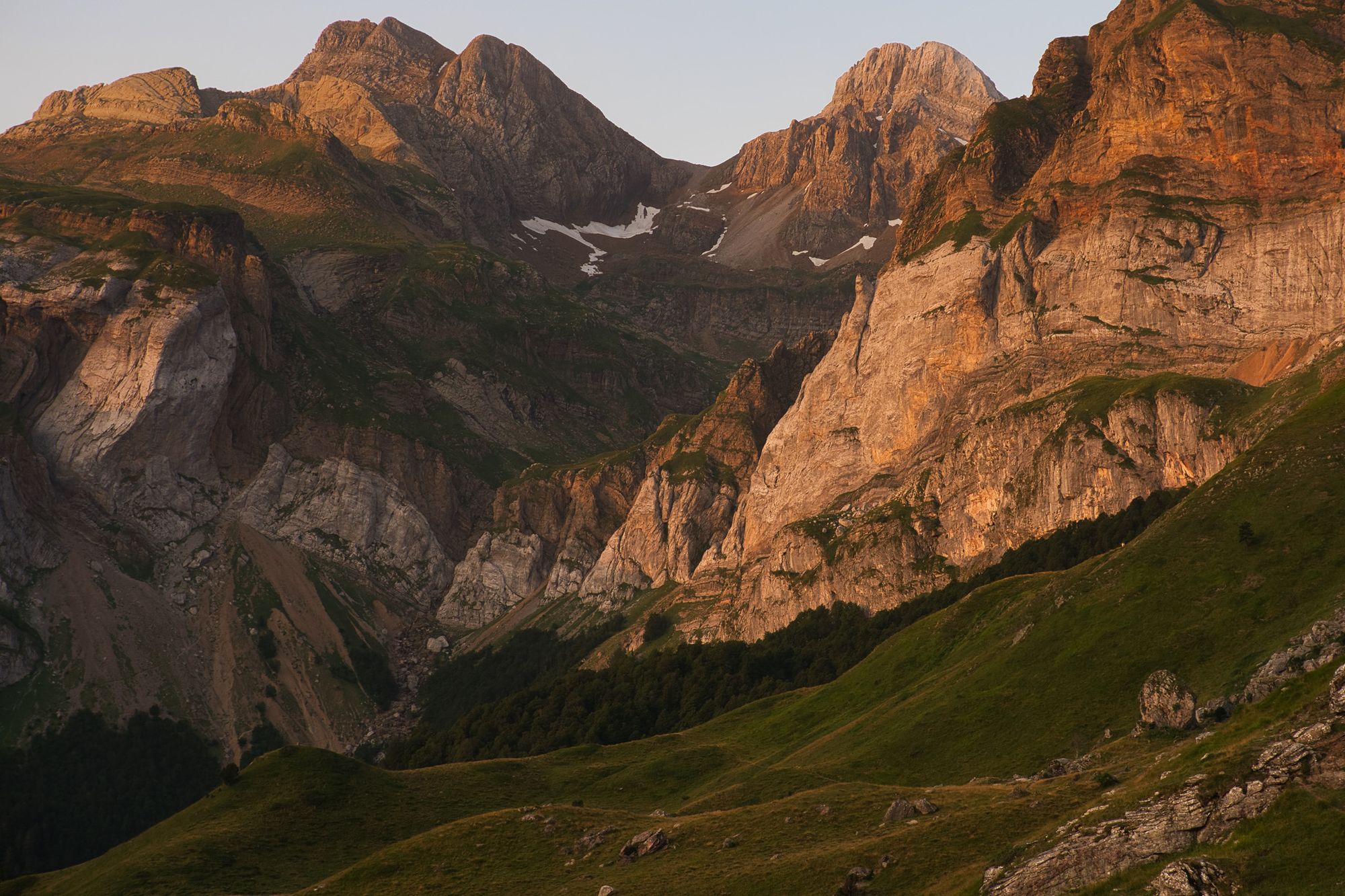
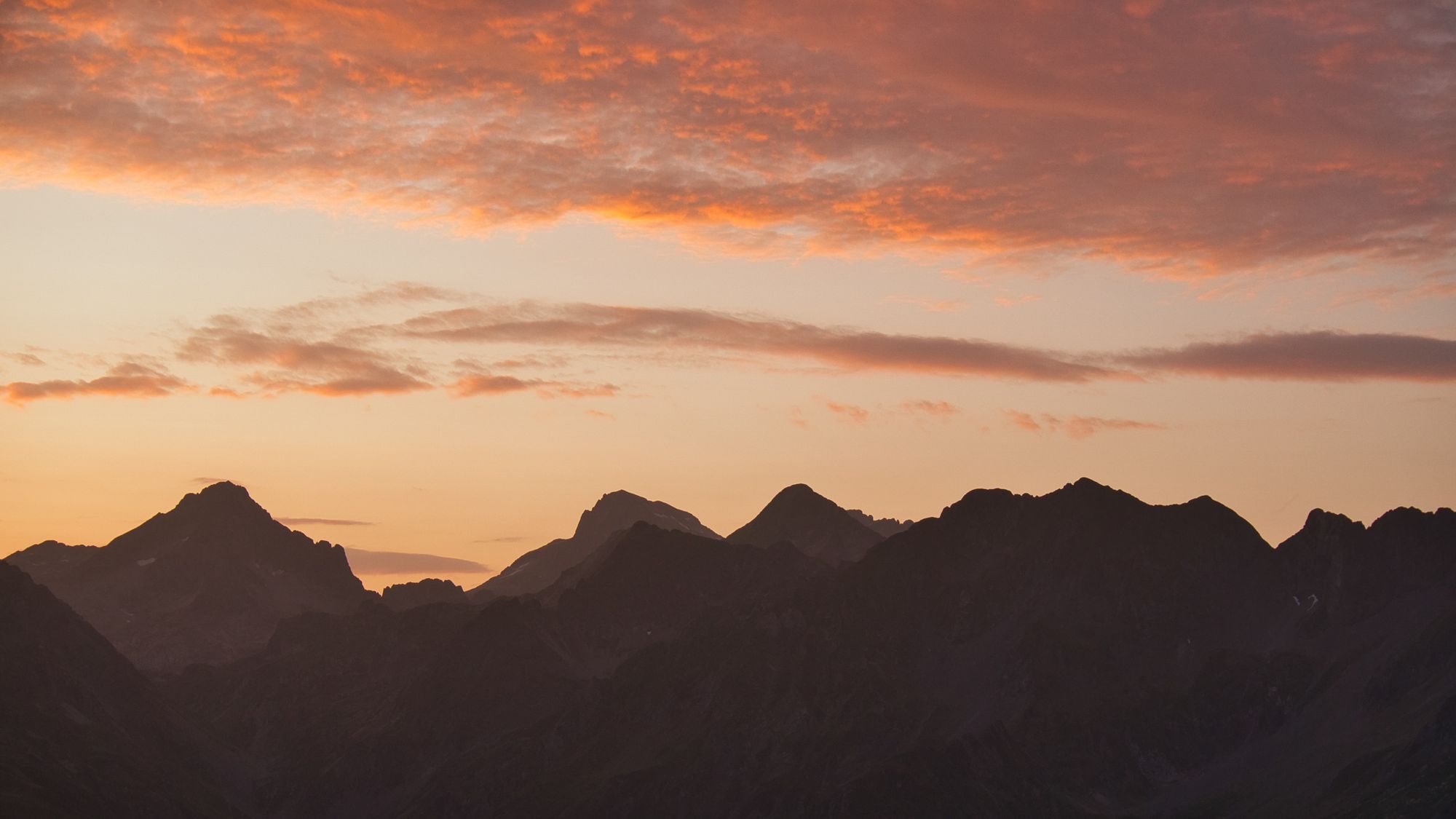
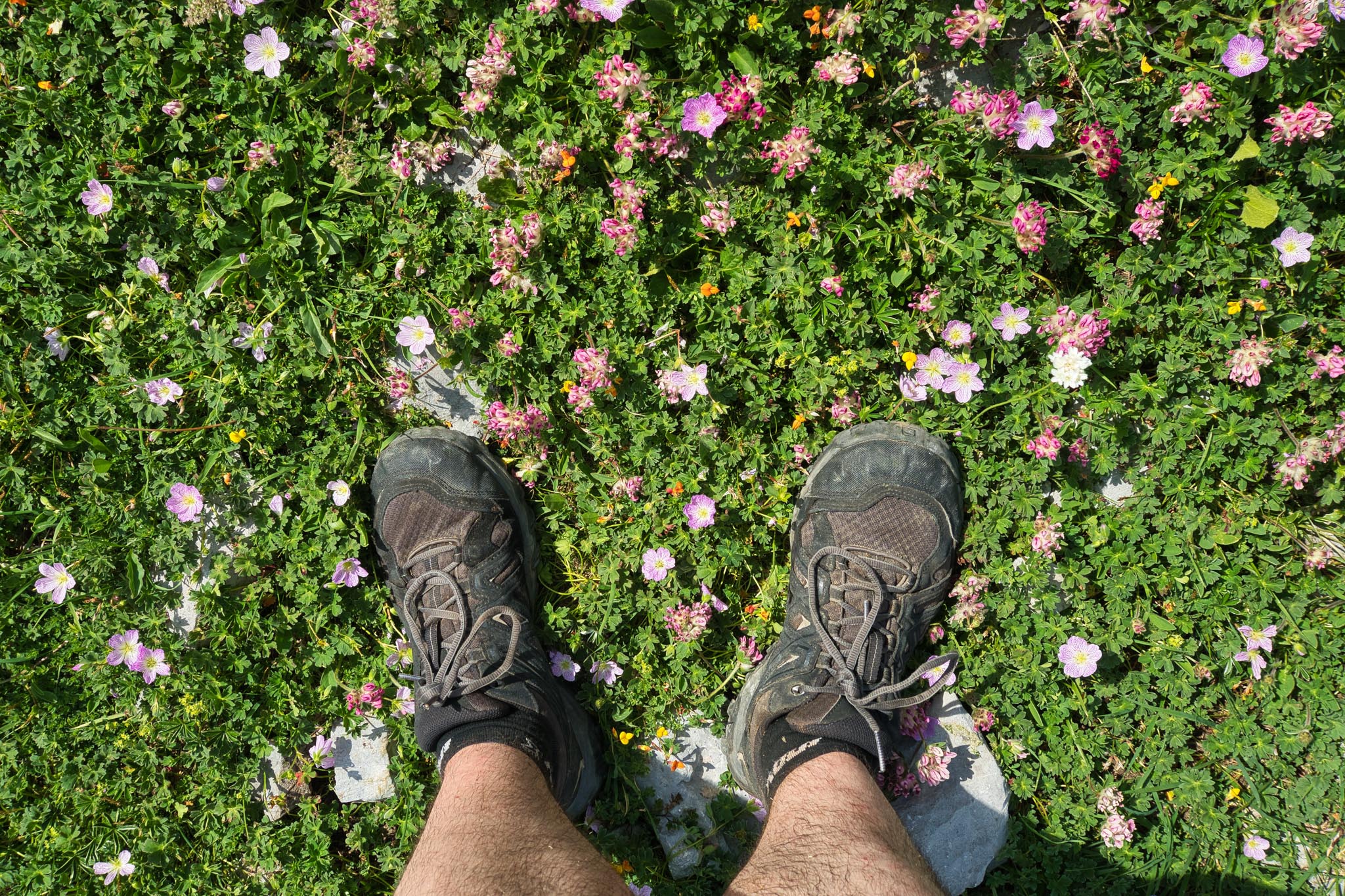
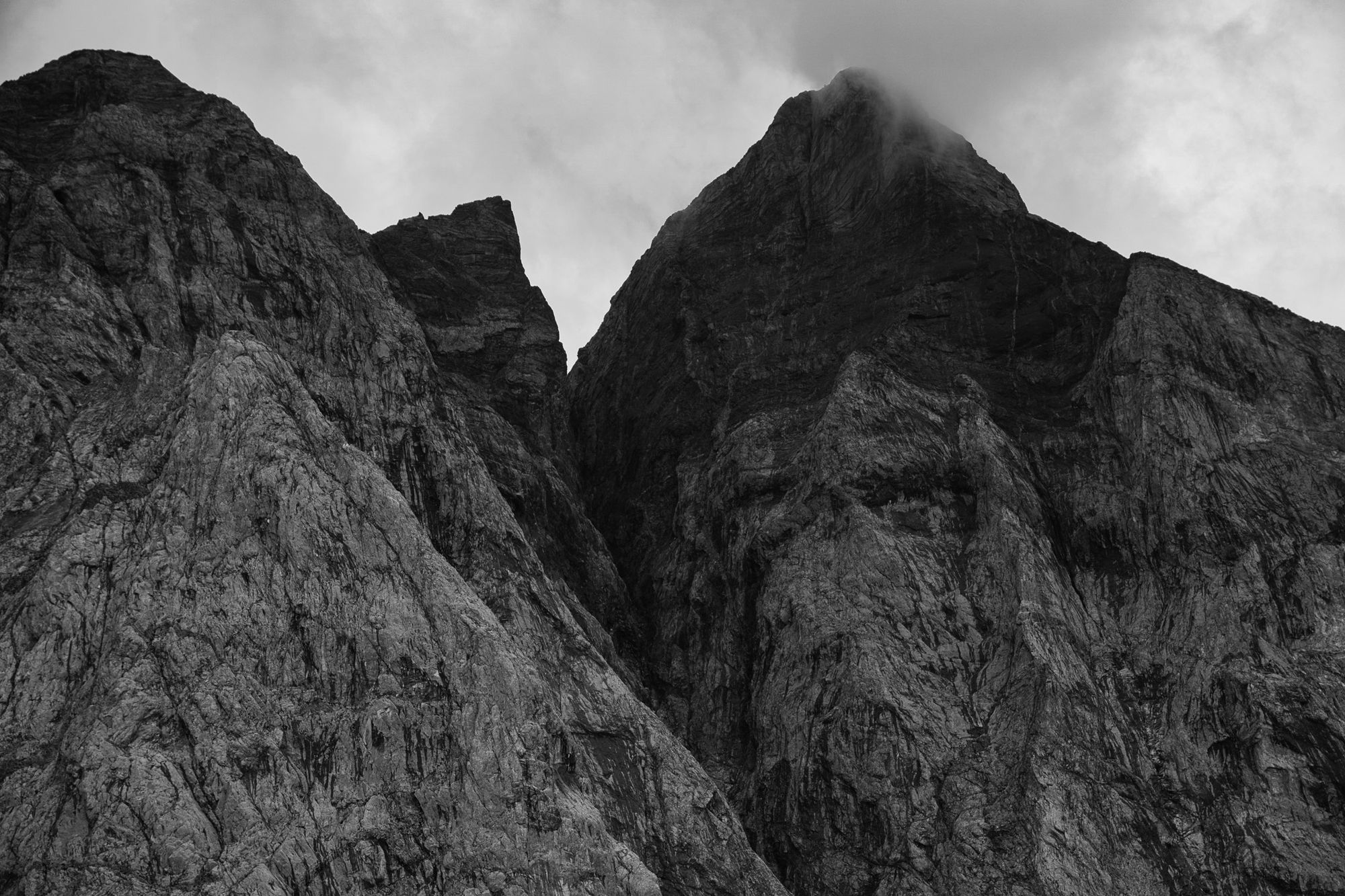
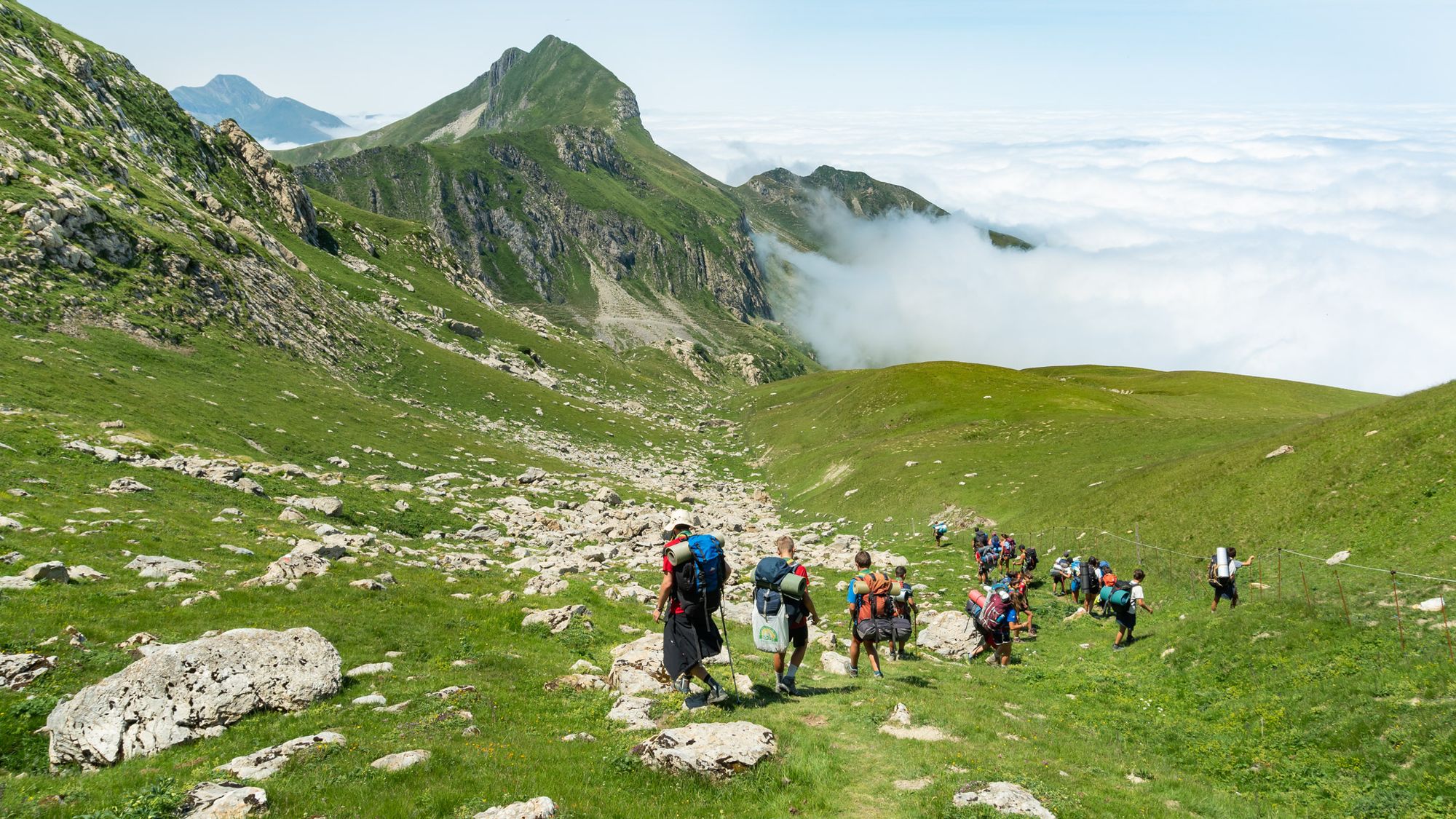
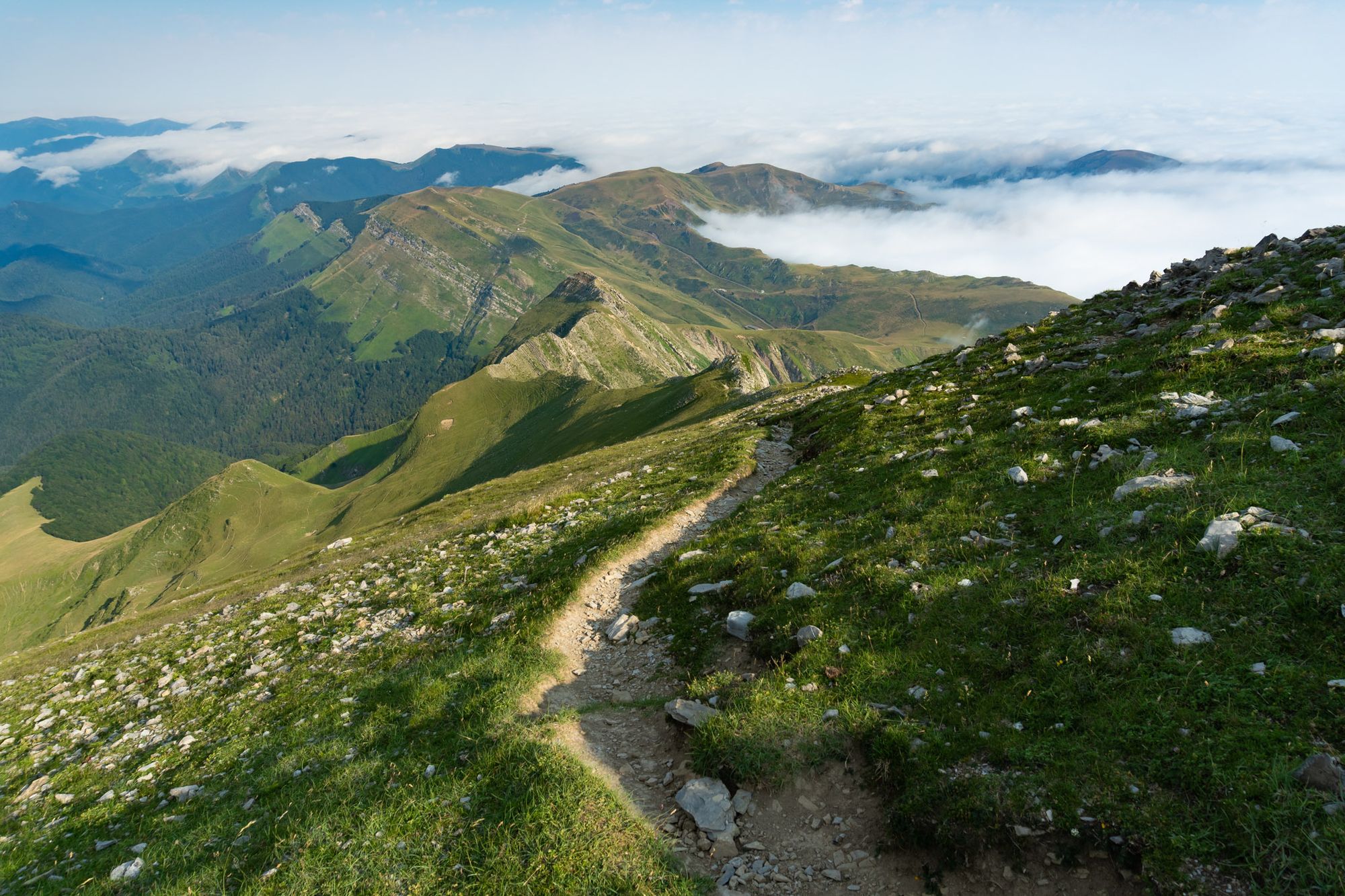
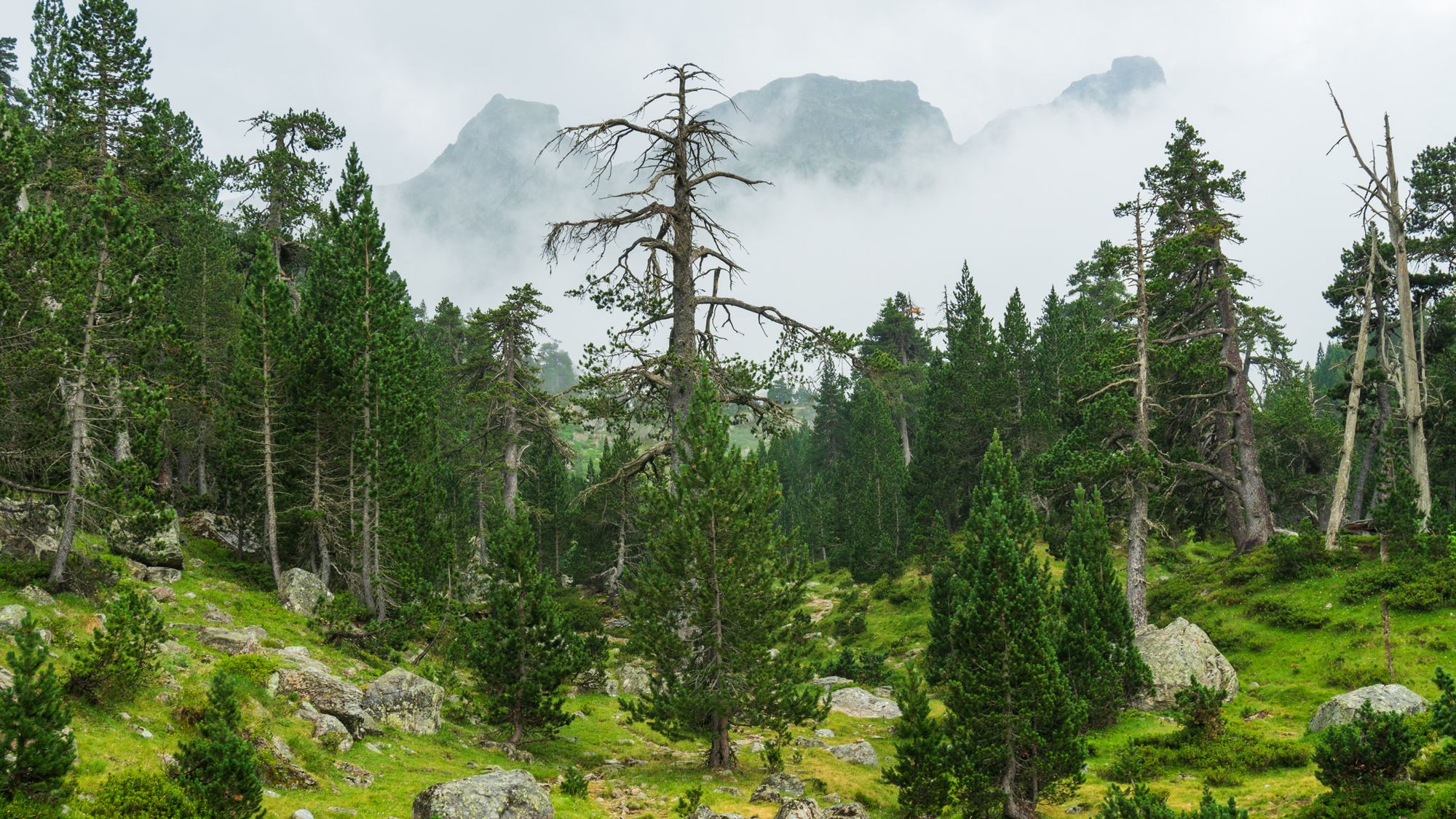
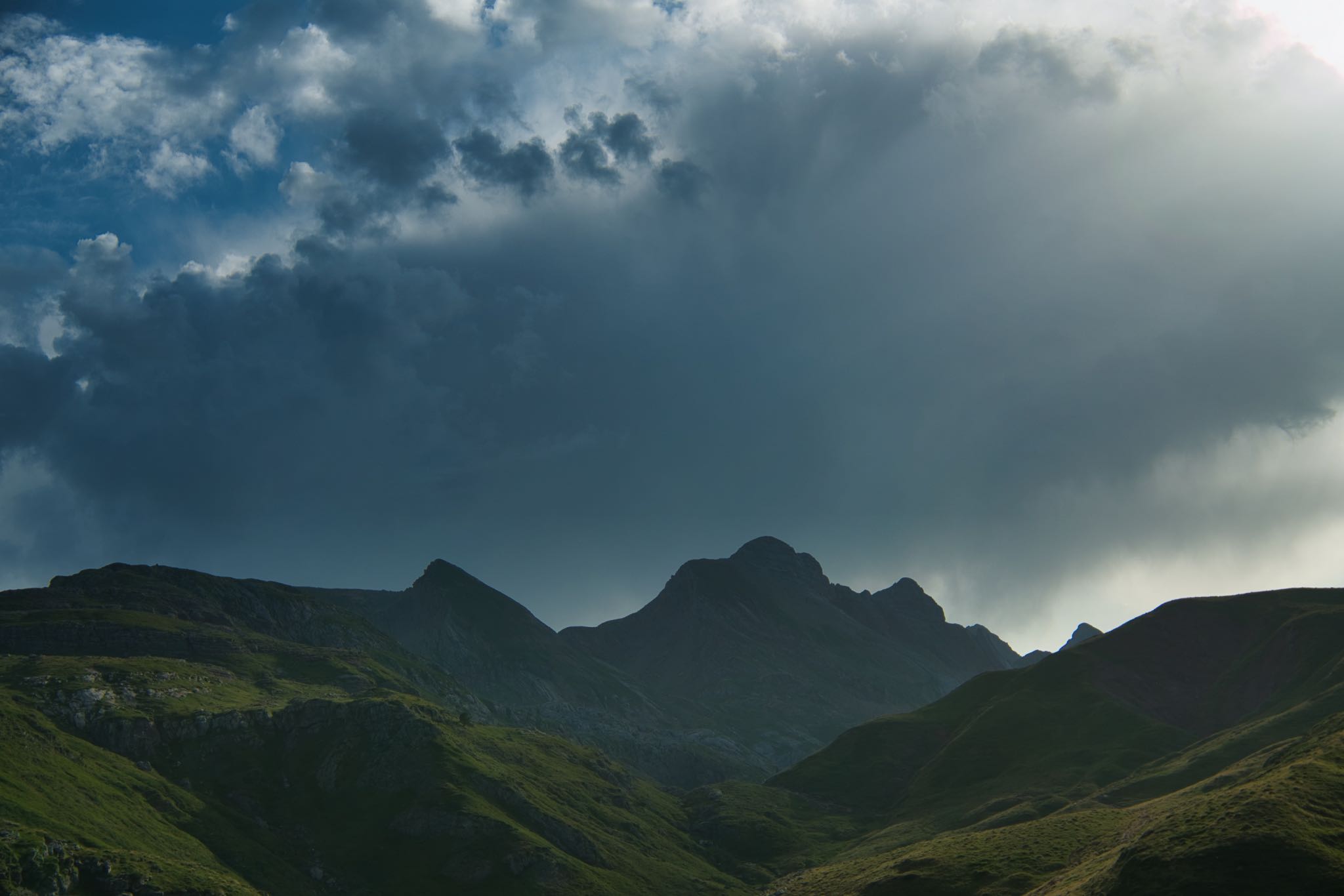
I looked up into the white heat. Ahead, the first 3,000m peak I’d seen so far on this hike, Balaïtous, soared into the sky from a wilderness of rocks and the dying stumps of old glaciers. I’d spent the first few days of my Haute Route revelling in the beauty of my surroundings, but by this point my perspective seemed to have moved beyond beauty to a point where I saw the chaos and ugliness too.
Before the trip, I’d read accounts of Pacific Crest Trail thru-hikers who, after the first couple of months on their marathon pan-USA hikes, had become so accustomed to natural beauty that they felt numbed to it. Oblivious. Was I already that jaded? No, I reminded myself, you’re just having a low moment. But it did make me think about the backpacking blogs and Instagram accounts I’d studied in the months before my hike. Online, chat about ultralight backpacking often revolves around the PCT, the quintessential long-distance hike against which all others are measured. As PCT comparisons go, I was living the dream: hiking 35km a day through a rugged alpine landscape, a light pack on my back, running shoes on my feet. Check, check and check. For the first time, I wondered how my expectations of this trail had been shaped by ultralight trends I’d read about online. Was I just contributing to the content churn, deriving meaning from it, or was there anything more to my experience than that? At that moment, sunburnt and tired and demoralised, I had no idea.
After 295km on the Haute Route, I made it to Gavarnie. It had been a tough section. Extreme heat had ended the way it usually did in big mountains: with thunderstorms and rain. I’d struggled over high passes under threatening skies, lashed with hailstones and driven onwards by a fear of getting struck by lightning. Well, I told myself, what did you expect if you whinge about it being too hot? The trail provides, even if it doesn’t always provide exactly what you want. My sunburnt legs had at least been given a chance to recover, and running out of water was no longer a concern.
Like many trail towns that are also tourist destinations, Gavarnie had a strange feeling, like a liminal zone between two worlds. Shops along the main street stocked cuddly marmots and more postcards than I’d ever seen in one place before. The food shop was small and not particularly well stocked for long-distance hikers – especially foolish ultralighters who leave their stoves at home to save weight. I spent a day off lounging around in the campsite, gazing up at the waterfalls cascading through the Cirque de Gavarnie, an improbably high horseshoe of cliffs lit up by alpenglow morning and evening.
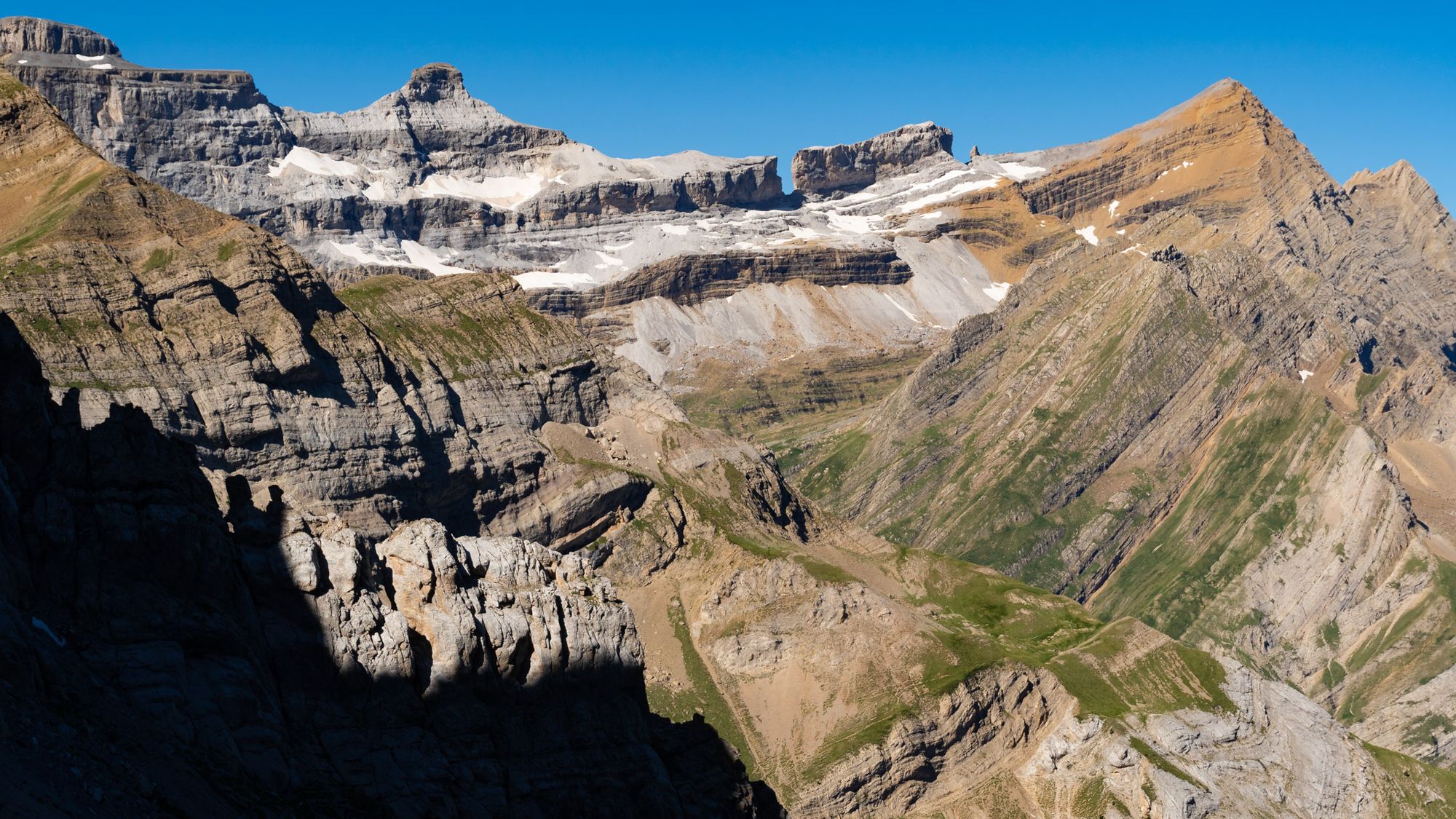
Hikers came and went. One of them was an American called Larry I’d bumped into several times – lanky, tanned, and invariably shirtless, whose 4kg pack weight seemed to consist entirely of camera and drone gear. Larry claimed to be an influencer. His hiking gear was ultralight, custom made, and somehow managed to look at once cutting edge and worn out.
After sharing a little of the red wine he’d decanted into his hydration reservoir, we got talking about our adventures on the previous section. ‘I’ve got thousands more followers since I started this trail,’ he told me when I asked him about his best moments since we’d last met. ‘It’s paying off, dude.’
‘That isn’t what I meant. What experiences moved you as a human being? Any moments of wonder out there in the wild?’
‘Four thousand new followers sure moved me as a human being.’
‘Bloody hell,’ I said, and he laughed.
‘I’m shitting you. This trail’s not all about growing my platform. I’ve learned a ton about hiking in Europe too. Spread the gospel according to Jardine a little, if you know what I mean.’
Ray Jardine, the grandfather of modern ultralight backpacking, is a god amongst PCT hikers. I’d seen Larry giving hikers with bigger packs unsolicited advice about pack weight. Some had been grateful. Others had told him to sod off. He’d even criticised my own pack when we’d first met, and I considered myself a lightweight backpacker.
We drank more wine and the conversation moved to other topics, but I kept thinking about what he’d said. Larry knew exactly why he was hiking the HRP. His motivations might not gel with my own preconceived ideas about why people should hike these big trails, but at least he was being honest with himself. And was I any different? I chose to write about my experiences in the mountains. Larry chose to be an Instagram influencer. While he spent hours every day uploading photos and crafting posts, I spent hours scribbling in my journal. Both of us, ultimately, would be trading our hard-won experience for attention and cash.
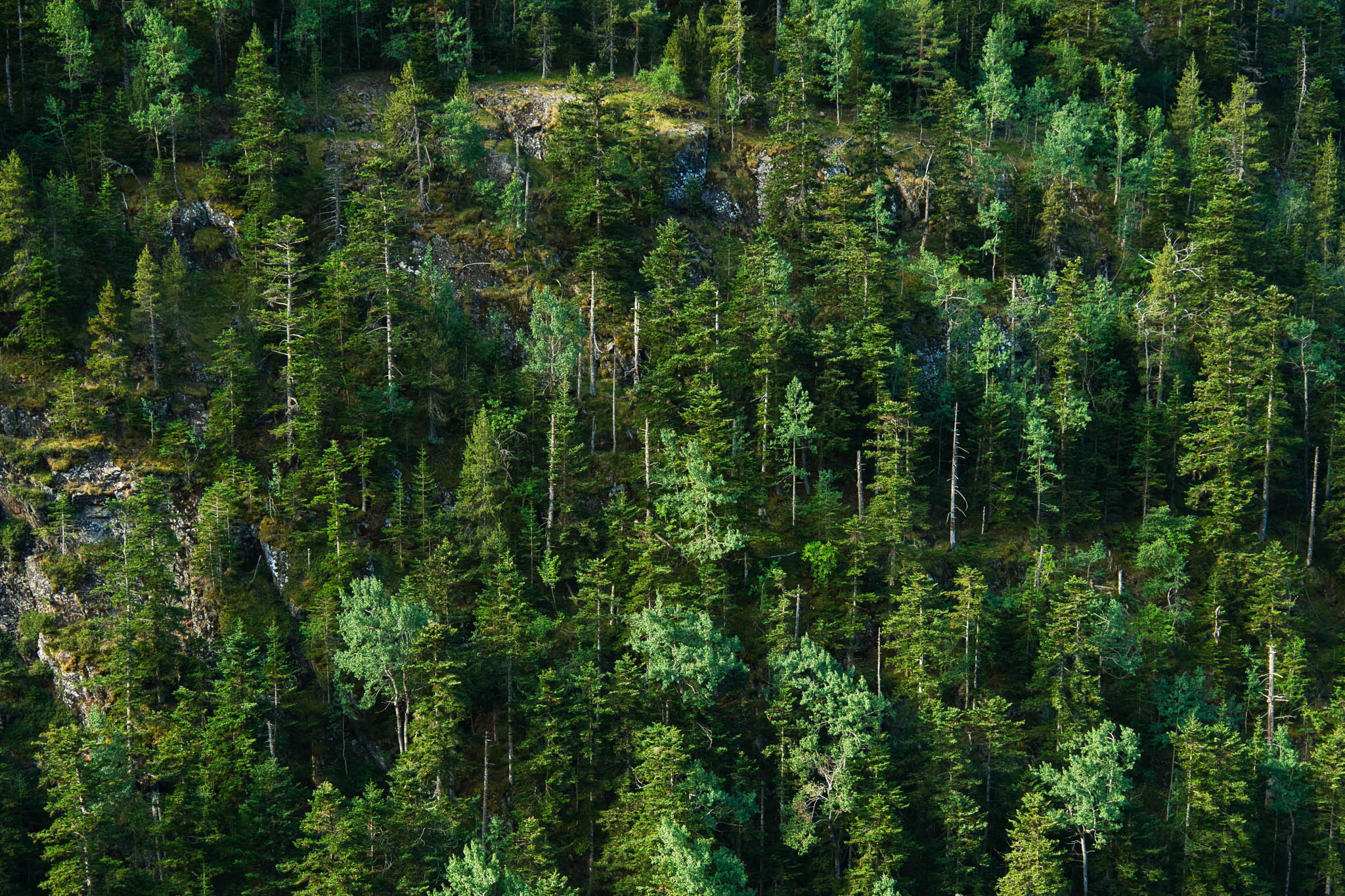
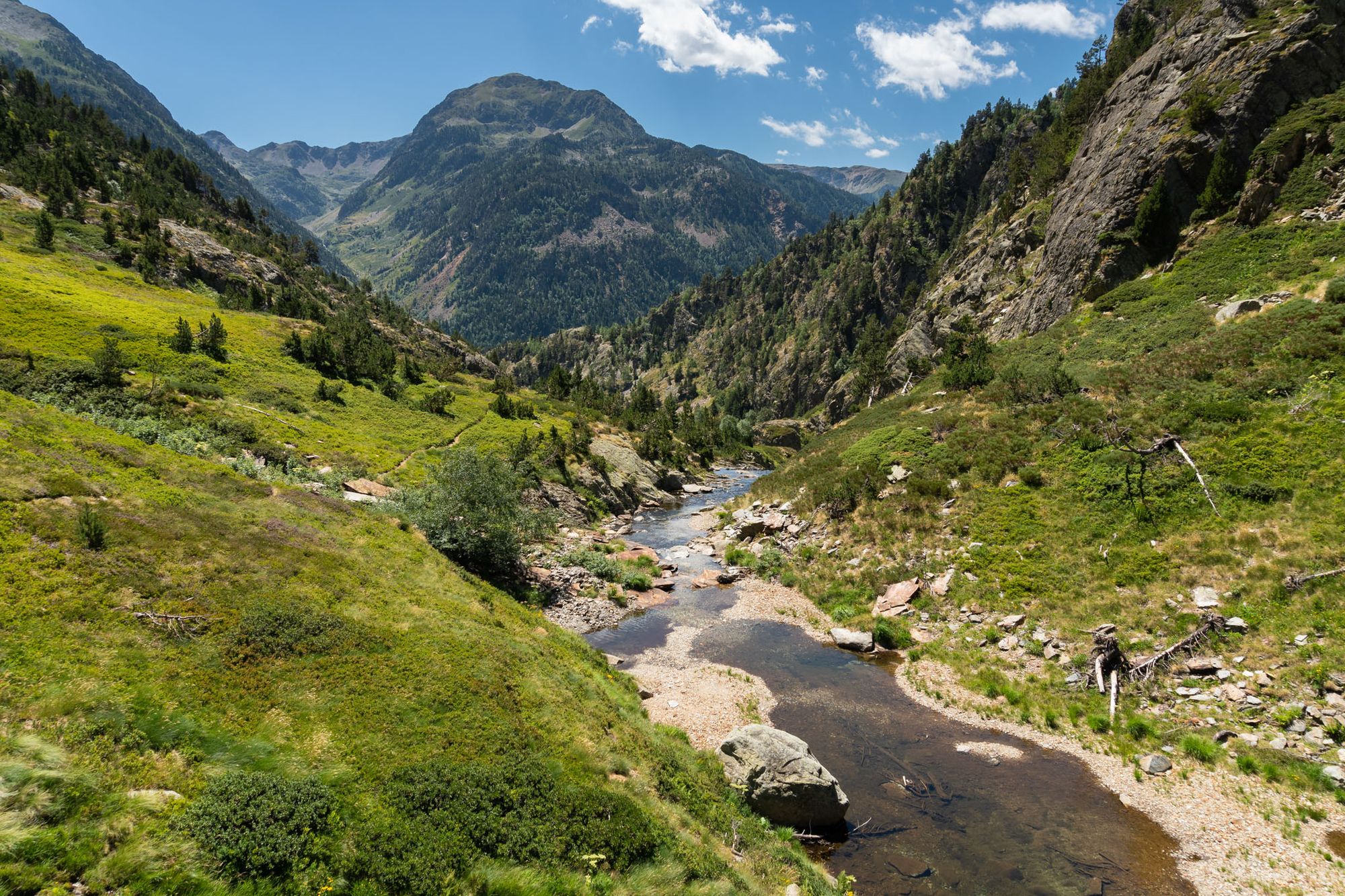
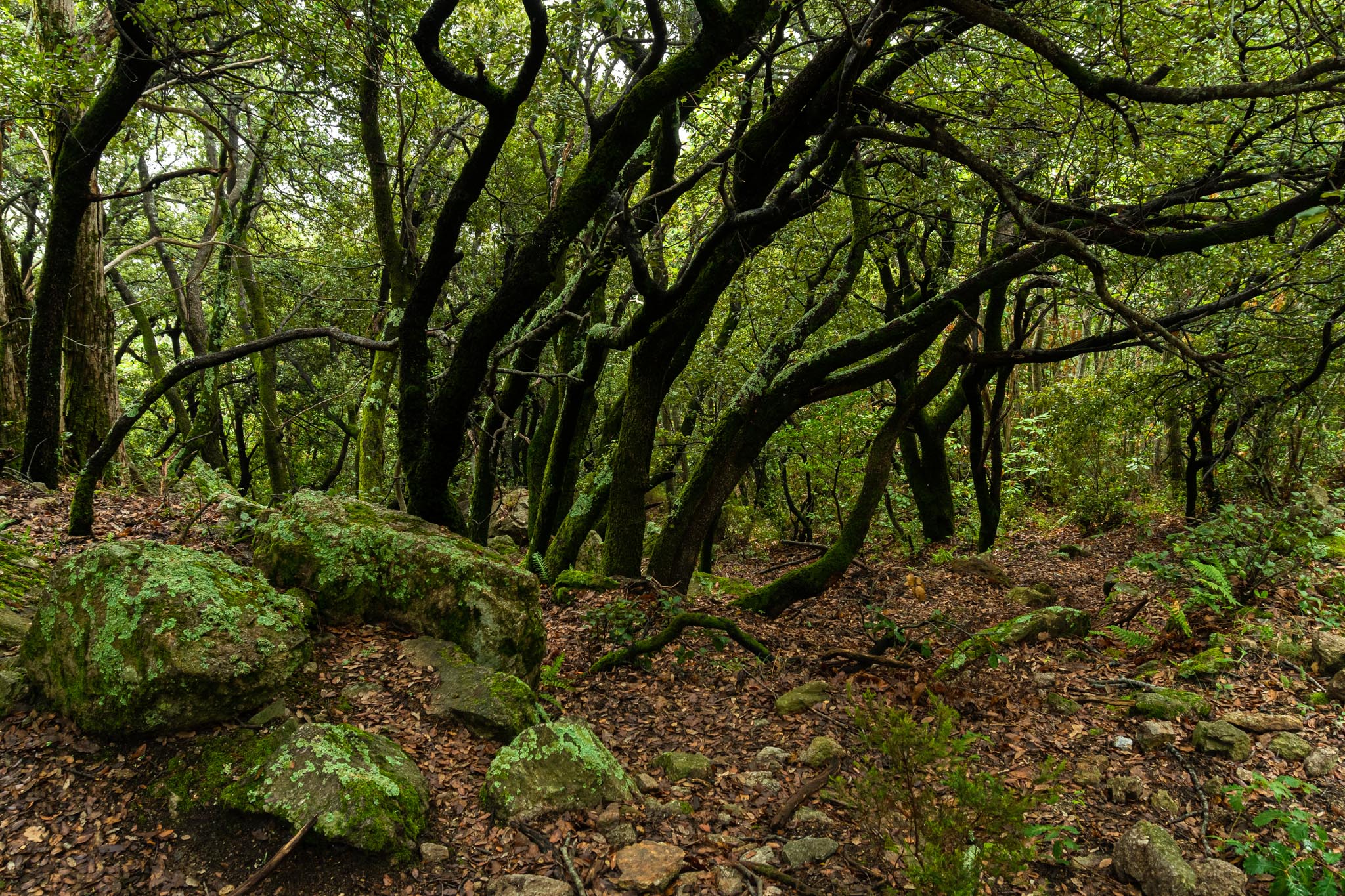
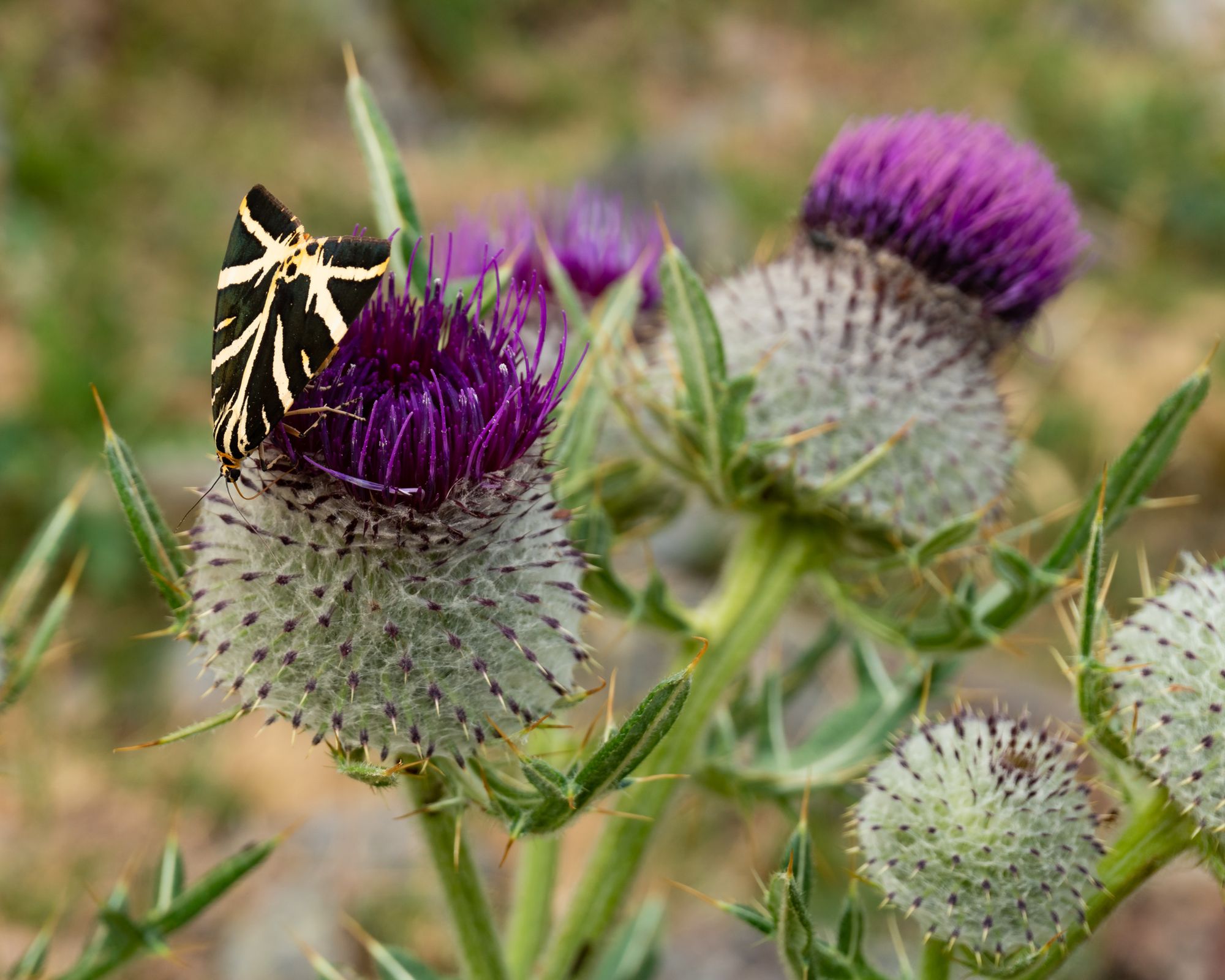
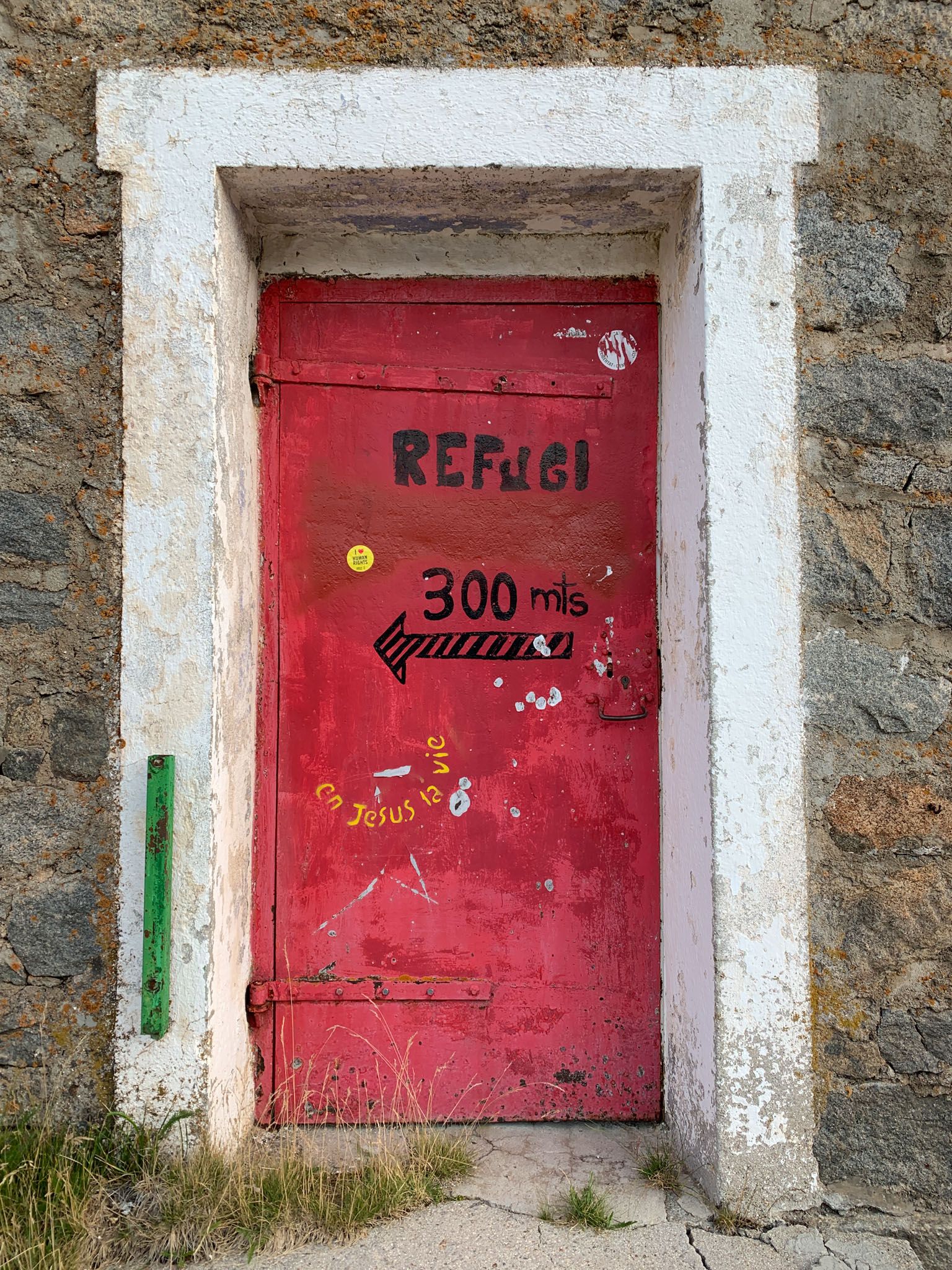
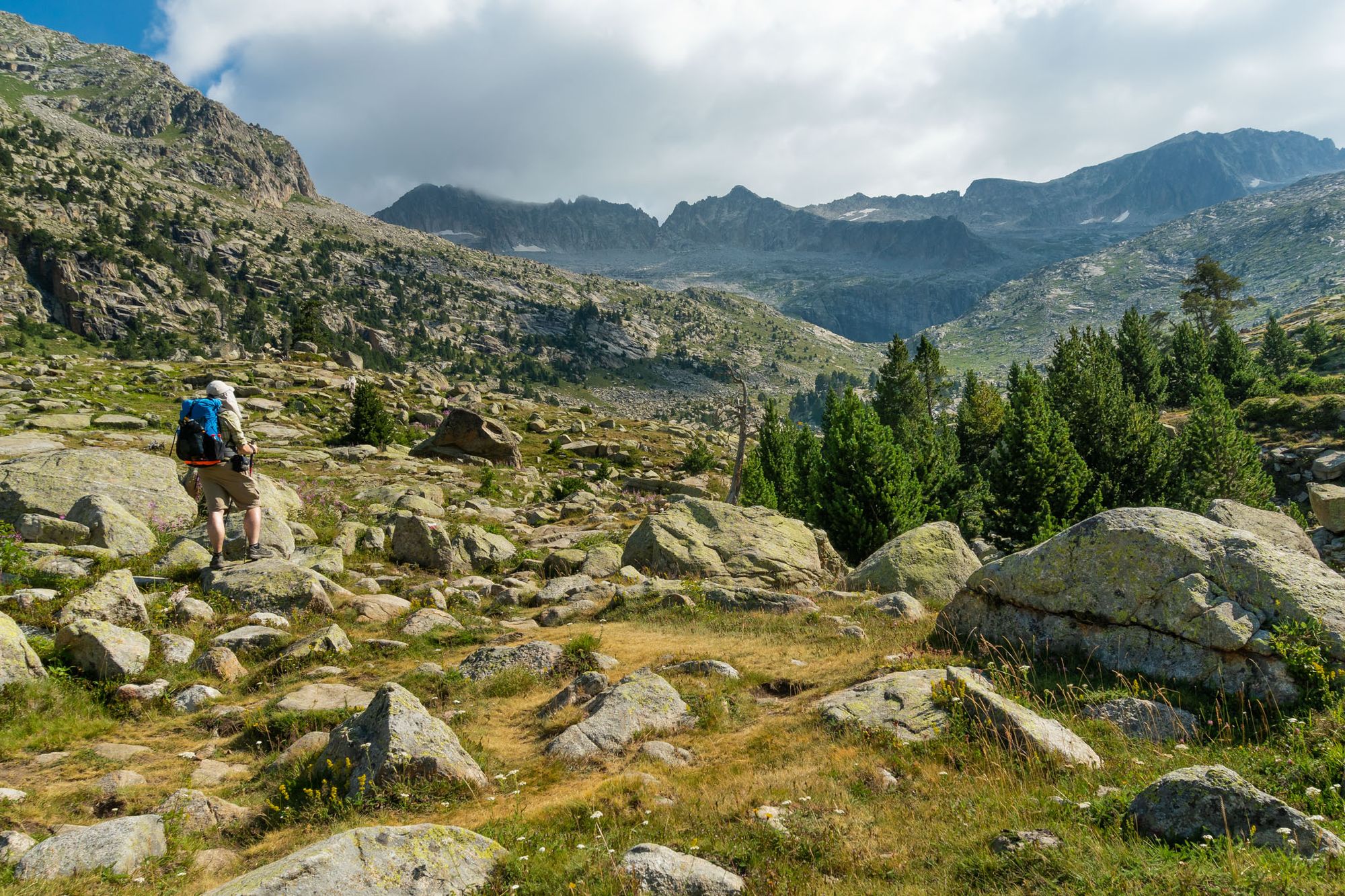
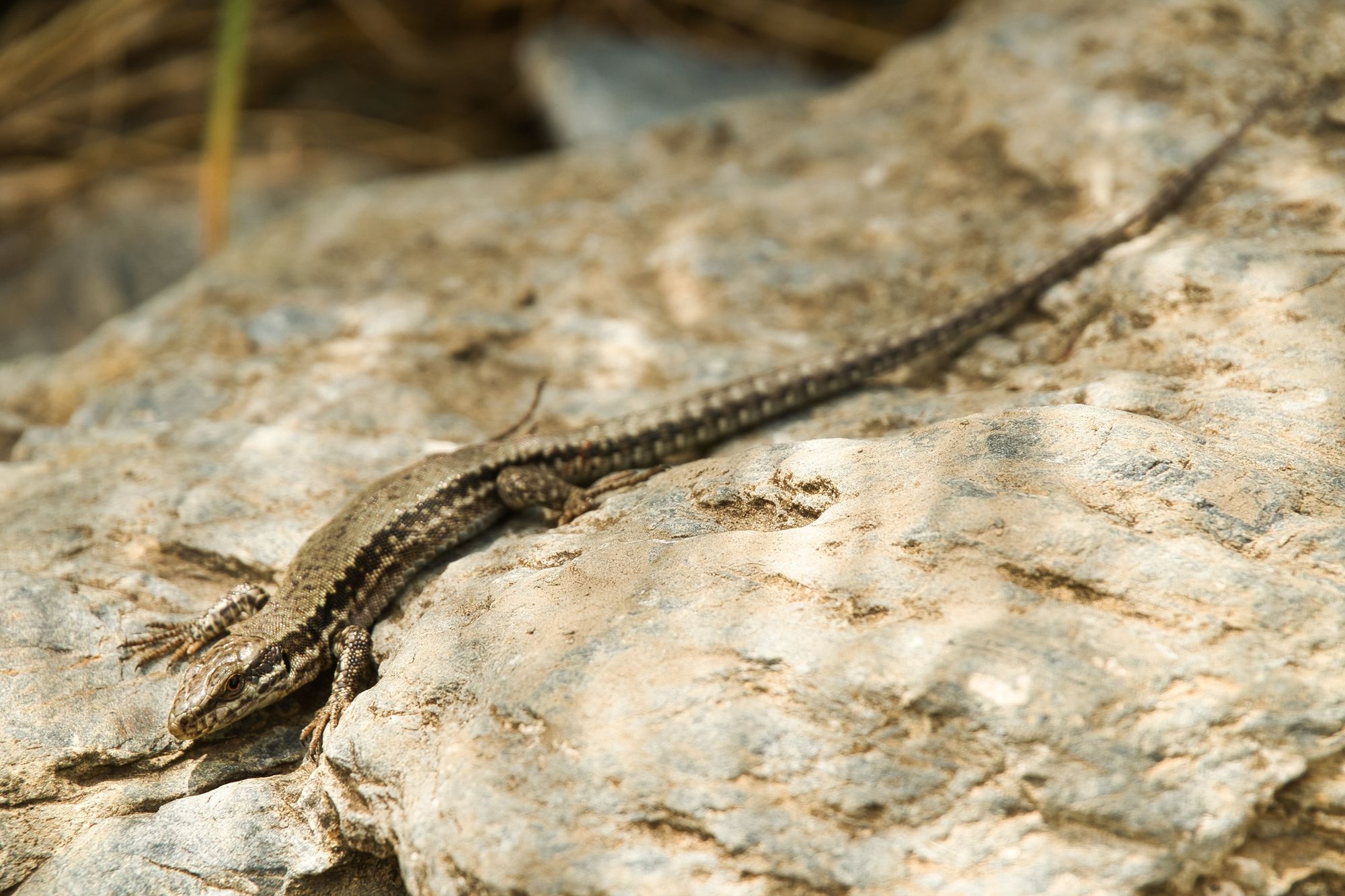
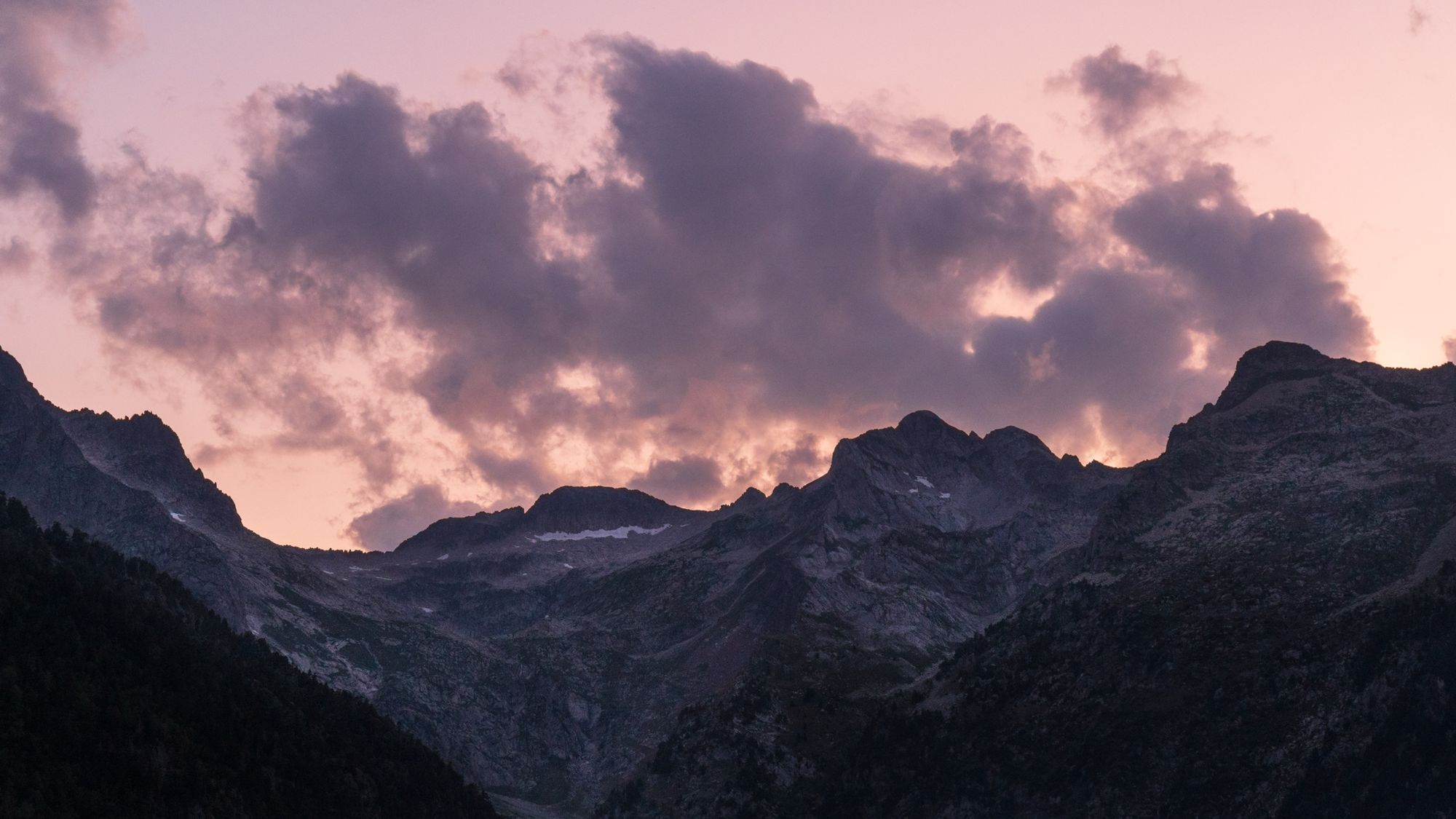
I never saw Larry again after that day. Two weeks later, I heard on the HRP grapevine that he had lost interest and gone home. I thought I’d pinned him down – the pragmatic online personality who knew exactly what he wanted from this trail – but later I wondered if I’d been right all along. Had Larry denied himself some essential level of unmediated experience, some purity that’s lost when your mind’s on the next Instagram post and the next bunch of likes? I didn’t know, but I did know that I had decided at the start of the trail not to use social media until the end, and I felt different for it. Better? Who’s to say – but I did feel different.
Did you know that I send out weekly newsletters on adventure, writing, and adventure writing? Subscribe here to receive my Pinnacle Newsletter.
Those two fundamental questions kept coming back to me: why are you hiking the HRP, and if you could never tell anyone about it, would you still do it? It was not until weeks later, and 692km from my starting point, that I could answer with an open heart.
It had been a good leg, one of the best. A short 22km day of ‘supertrail’ led through alpine forest and up onto a big, flat ridge that would lead all the way to Canigou, the last major peak on the HRP above 2,500m. In less than a week I’d be paddling in the Mediterranean. I had been walking for a full month. Time had slowed back to its proper pace – walking pace – and every day I filled my journal with wondrous things seen and heard and felt, observations I never could have made in everyday life. Only on the trail can one sit on a rock and look at a tree for 15 minutes and it not be considered wasted time.
My camp that night on the ridge was the best of the whole trip. I woke to a deep silence. The purple Belt of Venus spread over the sky, pushing back the moon and the stars, lighting up the grassland around me in ethereal colours. I was completely alone. The gift of solitude in that moment was precious, and yet it felt like a poignant gift, for my self-imposed social media moratorium meant that I would carry this treasure in my own memory alone. There is value in silence, but there is also value in connection. After a month away from social media I craved a little more balance.
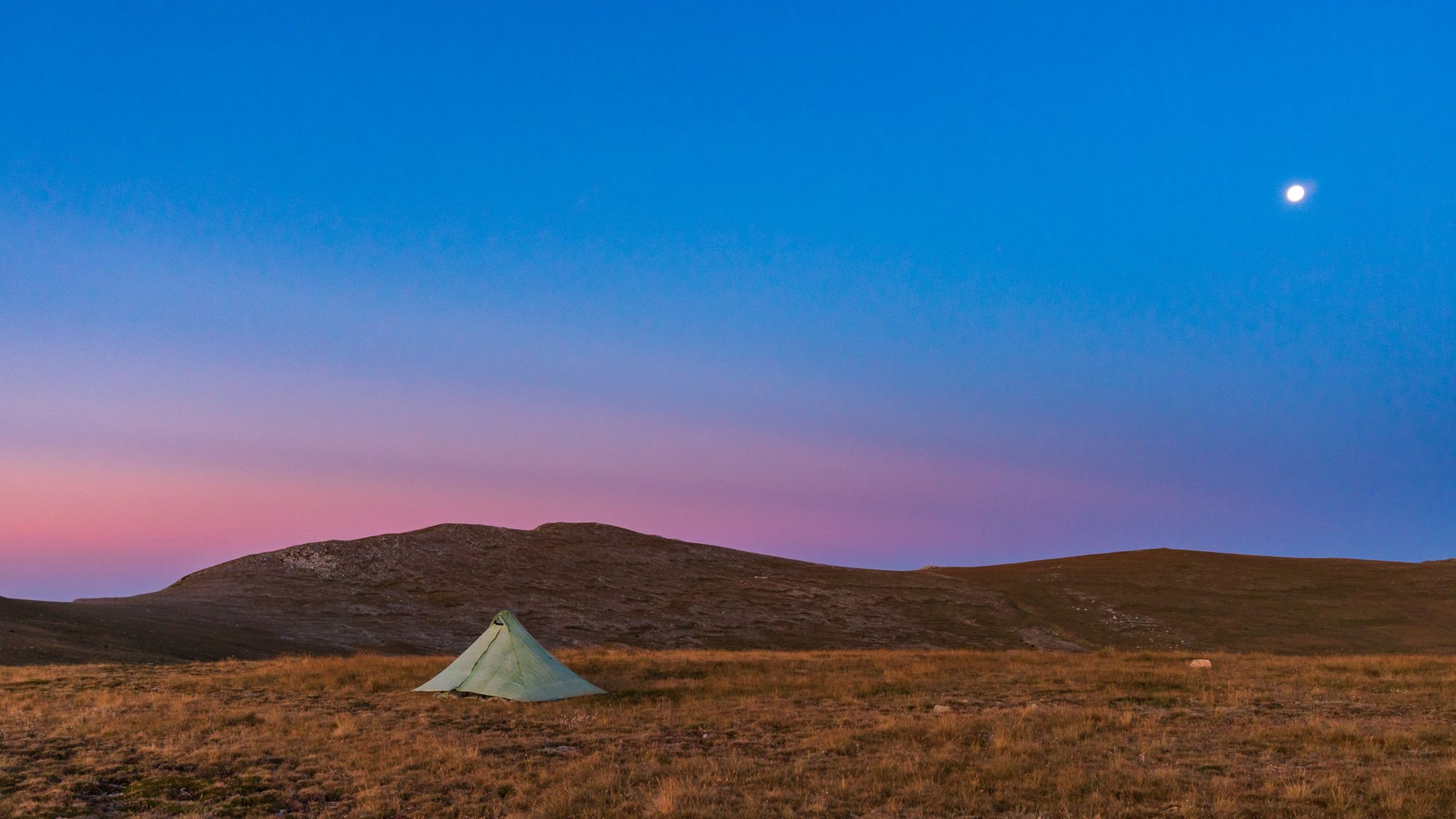
That’s when the answers came to me. I could be honest with myself at last. Yes, I was hiking this trail for myself, but the inspiration had come from others – hikers who had gone before me, and in some cases shared their experience on social media. I wanted to do it for the solitary experience, but I also wanted to share my experience with others, because that was part of it. Would I still hike if nobody ever found out? Yes, but my experience would be an impoverished one.
In Into the Wild, Jon Krakauer told the story of Christopher McCandless, a young man who sought ultimate solitude in the wild. He died alone. A few weeks before his death, he wrote ‘Happiness only real when shared.’
All images © Alex Roddie. All Rights Reserved. Please don’t reproduce these images without permission.
Alex Roddie Newsletter
Subscribe here to receive my occasional personal newsletter in your inbox. (For the fun stuff, please consider subscribing to Alpenglow Journal instead!)




